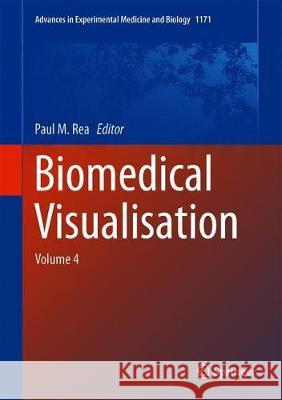Biomedical Visualisation: Volume 4 » książka
topmenu
Biomedical Visualisation: Volume 4
ISBN-13: 9783030242800 / Angielski / Twarda / 2019 / 138 str.
Biomedical Visualisation: Volume 4
ISBN-13: 9783030242800 / Angielski / Twarda / 2019 / 138 str.
cena 403,47
(netto: 384,26 VAT: 5%)
Najniższa cena z 30 dni: 385,52
(netto: 384,26 VAT: 5%)
Najniższa cena z 30 dni: 385,52
Termin realizacji zamówienia:
ok. 22 dni roboczych
Bez gwarancji dostawy przed świętami
ok. 22 dni roboczych
Bez gwarancji dostawy przed świętami
Darmowa dostawa!
Kategorie BISAC:
Wydawca:
Springer
Seria wydawnicza:
Język:
Angielski
ISBN-13:
9783030242800
Rok wydania:
2019
Wydanie:
2019
Numer serii:
000253056
Ilość stron:
138
Waga:
0.65 kg
Wymiary:
25.4 x 17.8
Oprawa:
Twarda
Wolumenów:
01











